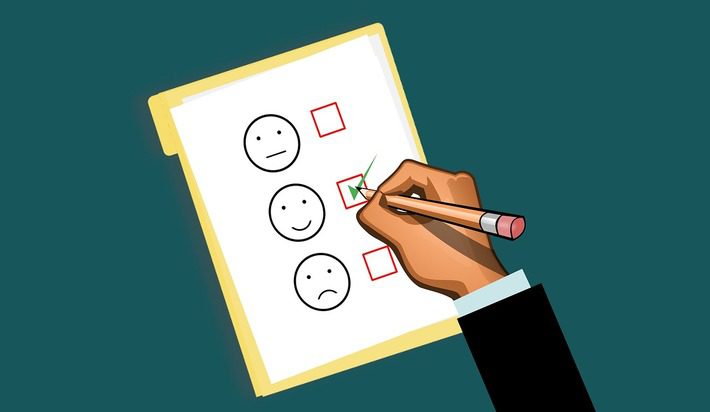
A labyrinth is a structure in the inner ear. The use of the term labyrinthology might sometimes relate to this part of the human anatomy. Alternatively, some people think of a labyrinth as a maze or a body of routes and passages. Years ago, I purchased some land several hours north of Toronto in what Torontonians would normally describe as “cottage country.” As I drove around the area, I quickly realized that I had gotten lost not once but several times; this was likely because most of the trees and roads look nearly the same. Some of the locals created special landmarks: e.g. the tree of shoes is literally a tree covered in shoes. Similarly, there is a tree of dangling computer mice. Sadly, I was completely unfamiliar with how these landmarks worked. They reminded of me how often I passed by the same road. Although not a “maze,” my land is certainly in quite a labyrinth. Below, I posted an image of a maze. Who or what would encounter such a thing? Laboratory mice are sometimes released into mazes.
The external structure seems a bit complex. But from the perspective of a laboratory mouse, at any given time there are only four basic choices possible: move forward; backward; left; and right. If the configuration of the maze were completely random, I doubt that an algorithm would be particularly useful. I suppose if the mouse had the ability to form a mental image of the maze, this would prevent repetitive mistakes like those that I made with my land in cottage country. But as it approached the outer limit of the mental image, there is no systematic analysis that will help the mouse overcome the challenges posed by random construction.
I am not too surprised to find a person responsible for the design and creation of a physical maze to claim to be a labyrinthologist. Given that there are basically only a few choices for the person occupying a maze or labyrinth, in a sense this external environment is similar to a series of questionnaires: e.g. At point A, will you choose forward, reverse, left, or right? At point B, will you choose forward, reverse, left, or right? When I was younger and computers were far less sophisticated, many role-playing games were structured in this way.

Of course, in relation to a role-playing game, the structure of the “questionnaire” can be fairly detailed. For example, below, you have just encountered a slimy creature: will you 1) run away into the woods; 2) discharge your weapon; 3) holler at the creature to make it go away; 4) hurl a series of puns to confuse and frighten it. In essence, the spatiality of the experience can be augmented or possibly even fully replaced by narrative progression. This does not negate the fact that the underlying construct of the data object – although the environment no longer resembles a maze – is a decision tree. Thinking in relation to a decision tree, the data may extend from mental illness, diathesis, cognition, and other aspects of the individual. If the creature makes no noise while the player is blind, the sliminess of the apparition might not seem particularly threatening.

At an even greater of abstraction, the journey might not be made over spatial/geographic points or narrative but rather through one’s thoughts, feelings, and emotions. The construct of the data object does not change. The question of how to design these experiences, express decisions in data, and make determinations from the data is for me what “labyrinthology” should be all about. Within the context of data science, I hereby commandeer this term.

An important benefit of labyrinthology is how experiences can be posted online. A user can play a “game” from the comfort, security, and privacy of their own home. It is possible to determine any result in relation to its norm. Apart from being highly cost-effective, the experience can also remain confidential: it isn’t even necessary to follow the user. The decision trees can be extracted from the site traffic stats assuming that page hits are counted. It might be possible to say, for example, “This is how a psychopath might play this experience.” Another benefit of this technique is that it could be used to expose the user to different therapeutic scenarios. For example, I am working on a series of experiences meant for people afraid of riding on elevators. After collecting an abundant number of responses indicative of normal and abnormal responses to these narrative progressions, it is possible to approach the knowledge algorithmically for the purpose of prediction rather than simply diagnosis and treatment.
